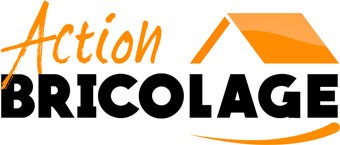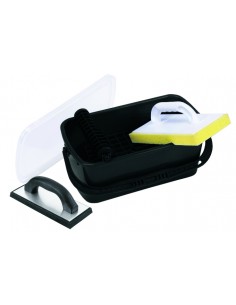is ready!
- Tiler tools
- 512 views
- 0 comments

Machine translation
What could be better than an earthenware credenza to give style to your home? Your kitchen? It’s a good way to personalize your room and create a nice atmosphere. Installing an earthenware splash back in a kitchen can even make your life easier. Discover all the benefits it can give you.
Aesthetic rendering
Located at; At eye level, the faience credenza is the final touch that affirms the personality of the house, of your kitchen. It’s the ideal solution to enhance your interior decoration and to express your tastes.
It is currently available in different materials and colors in shops. And you also have the choice between different patterns and laying techniques to obtain a sympathetic rendering, even original results.
An easy way and speed maintenance
Like all tiles, earthenware is very easy and quick to maintain. A wipe with a sponge is enough to give it a facelift. It does not retain stains and dirt, and it does not rust like metal. In fact, she was specially designed to withstand humidity. That’s why it’s especially suitable for kitchens and bathrooms.
Good resistance to various attacks
The other advantage of the earthenware splash back is its high resistance to various attacks. It does not fear shocks, scratches, humidity or high temperatures. So you can put it behind your hotplates or near your sink and dishwasher. It is not likely to change over time even if it occasionally receives splashes and heat.
An ecological coating
What is also interesting with the earthenware splash back is the fact that it is an ecological coating. According to specialists and professional tilers, this type of tiling does not release any compound, volatile organic in the indoor air of the house. It contributes to; preservation of quality ambient air, as it is generally a product labeled A+.
Easy installation
To finish, you should know that the earthenware splash back is very easy to clean, to pose. You don’t have to be a skilled tiler for cutting and for setting the tiles. You simply need to equip yourself with good DIY tools, in particular: a manual tile cutter, a glue mortar, a trowel, a tape measure, a pencil, a ruler, a notched spatula, an abrasive grid, from a mortar to gasket, a rubber squeegee, a sponge and a cloth.




Comments (0)